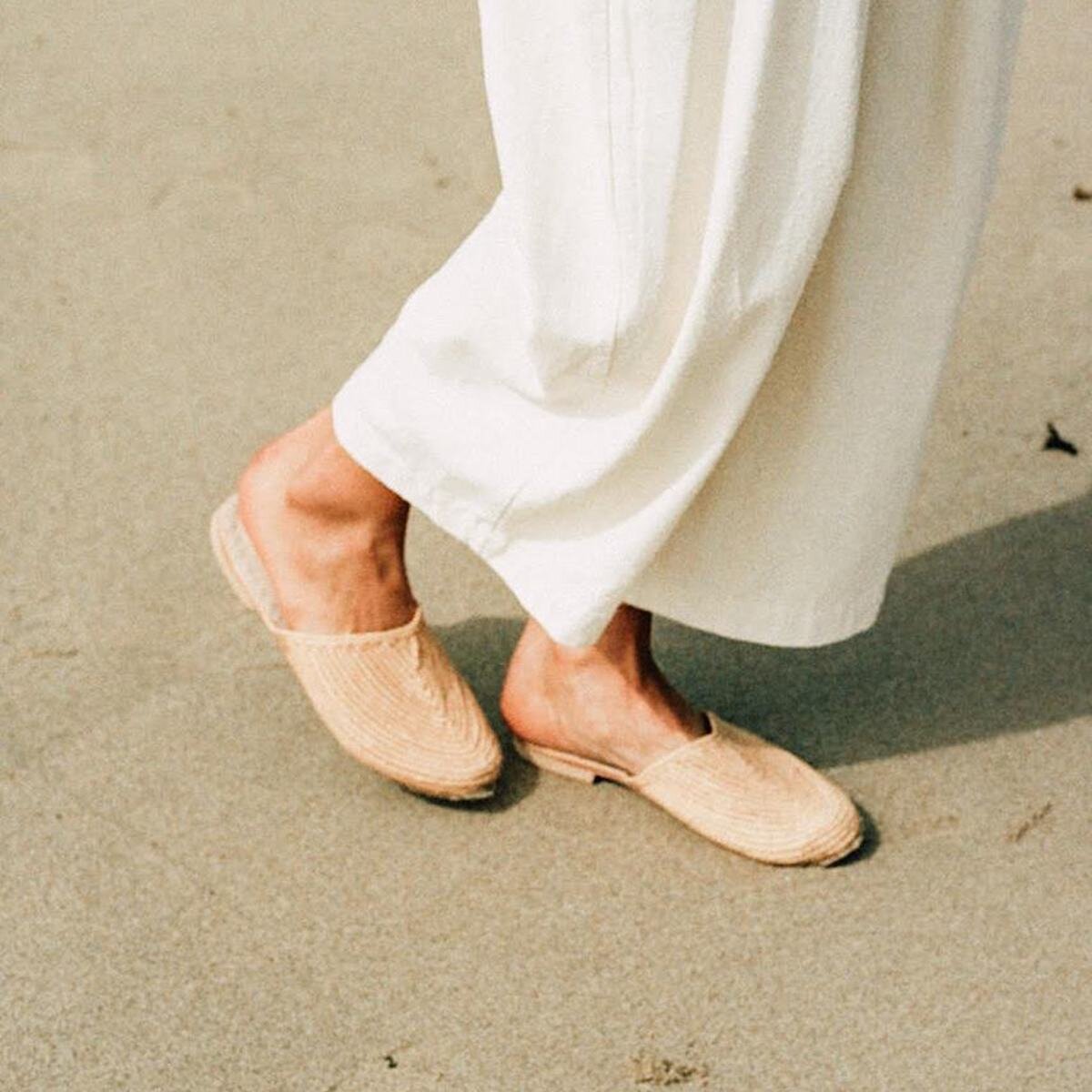Well Worn | Salt Textiles
WELL CURATED talk to Jordan Maxwell, founder of SALT Textiles, a multidisciplinary project exploring conscious materials and slow processes. Through materials SALT questions our relationship with objects; how they are made, how they are used and our respect for the processes behind them.
With summer in full swing could you give us your planet-friendly clothing choices for the season?
- Choose natural fibres such as cotton, hemp, bamboo and linen as these are breathable they’ll keep you cool in the heat. Natural fibres are also kinder on your skin and decompose when beyond repair of reuse.
- If you are buying new swimwear look for recycled materials including Econyl, which is made from recycled nylon. Mirco-plastics are known to filter into out water systems so use a Guppy Bag in the machine.
- Make the most of the sun and dry your clothes, sheets and swimwear outside.
The world of fast-fashion is facing negative press over the detrimental impact it is having on the planet, could you curate your champions of sustainable clothing for us?
I do my best to only buy something when I need it - choosing vintage, second hand and independent, female owned brands when I can. Bug Clothing, Straw London, Project Pico and Henri are a handful of my favourites - they source and/or make everything responsibly.
Before buying new it’s always good to ask yourself - is it something you really need? Do you have something similar? If it’s broken can you mend it? If it’s for an occasion can you borrow from a friend? If it’s not a basic item, is it something you’ll love beyond a ‘trend’?
Your botanical dyes give flowers another life beyond their initial bloom and provide the perfect way of upcycling garments, could you give us a list of what we might find at home to have a go ourselves?
I use rose, chamomile, lavender, calendula and seasonal flowers and plants such as nettle, acorns and even daffodils. Many of the dyes are also made from food waste - red cabbage, tea leaves, onion skins, avocado stones and skins, pomegranates and black beans.
Part of the process is discovery and play. When you begin working with natural dyes try not to be too set in ‘getting it right’ as the perfection can often be restricting.
We can see from your instagram account (@salt_textiles) you are a curator of beautiful content, where do you draw inspiration from?
From anywhere really - spending time outside, reading books, films and staying naturally curious. A few points of continuous inspiration are Anni Albers, Juno Tanizaki, Ruth Asawa, old design magazines and nature itself.
Do you have a wellbeing routine, a ritual you do everyday or a mantra you like to remind yourself of on a regular basis?
I weave my daily rituals into each day, remembering that everything is sacred. I start each morning in silence with tea, before doing some movement and writing a few lines in my journal. I don’t have ‘set’ rituals or a routine as I like to honour my cyclical rhythm of yin/yang. I do start each day taking my dog for a walk - this really helps me to feel grounded before the ‘doing’ part of my day begins.
What do you think the future of sustainable living holds, could we see a resurgence in localised economy?
With the economy in a state of flux it’ll be interesting to see how this affects the way we live. We couldn’t keep producing and consuming at the rate we had been, it wasn’t sustainable. I’ve felt many people in my community actively seeking a more localised way of living and I hope this becomes more 'mainstream’ after the effects of the global health crisis. I don’t pretend to have the answers, I’m aware I speak from a place of privilege as I have access to this choice, but I’m hopeful for a more respectful way of living, both for human beings and the planet.







